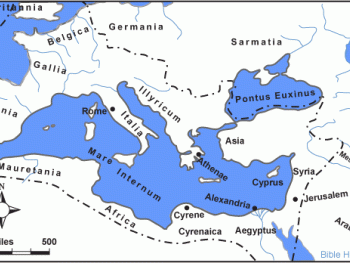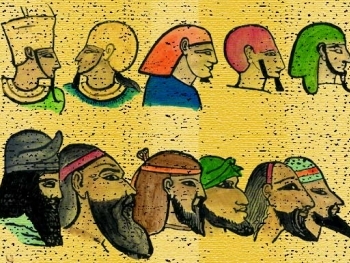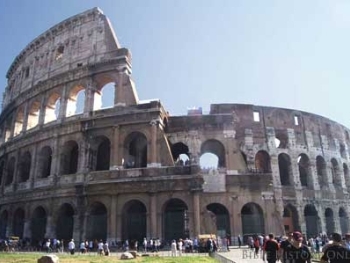The Western Wall, also known as the Wailing Wall or Kotel, is a significant religious site in Jerusalem, Israel. It is a section of the retaining wall that once surrounded the Second Temple's courtyard and is revered as the most sacred site for Jewish worship and prayer.
In the Bible, the Western Wall is not specifically mentioned as it was built during the time of King Herod, after the biblical period. However, the Second Temple, which stood adjacent to the Western Wall, is extensively mentioned in the Bible, particularly in the New Testament.
The Western Wall gained immense importance for Jews due to its proximity to the Holy of Holies, the inner sanctuary of the Second Temple. It is believed to be the closest accessible spot to the original location of the Temple's foundation.
Today, the Western Wall serves as a place of profound spiritual significance and pilgrimage for Jews worldwide. It is a site for prayer, reflection, and the placing of written prayers into the cracks of the wall. Many visitors also gather at the Western Wall to celebrate religious holidays and important occasions.
The Western Wall is a tangible connection to Jewish history and heritage, reminding believers of their connection to their ancestors, the Temple, and their faith. It stands as a symbol of resilience, devotion, and a focal point for Jewish identity.
In summary, the Western Wall is the remaining portion of the ancient retaining wall that surrounded the Second Temple's courtyard in Jerusalem. While not explicitly mentioned in the Bible, it holds immense religious and historical significance for Jews as a place of prayer, reflection, and connection to their roots and faith.












